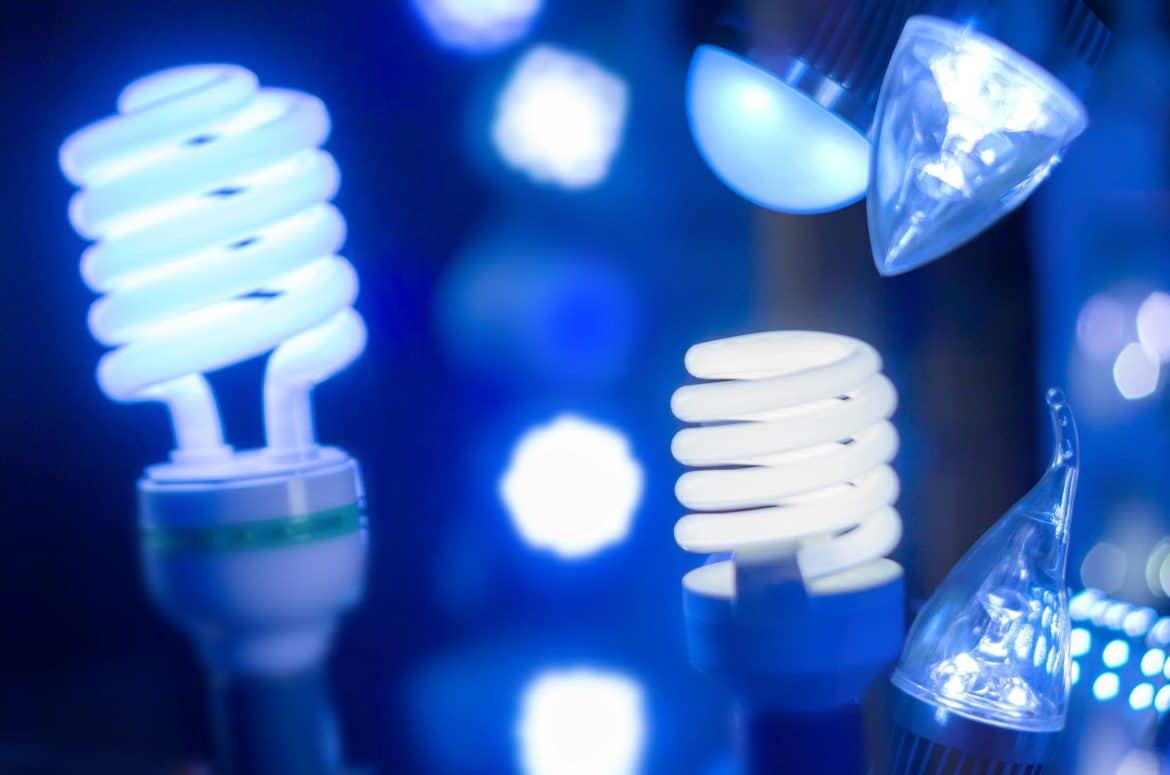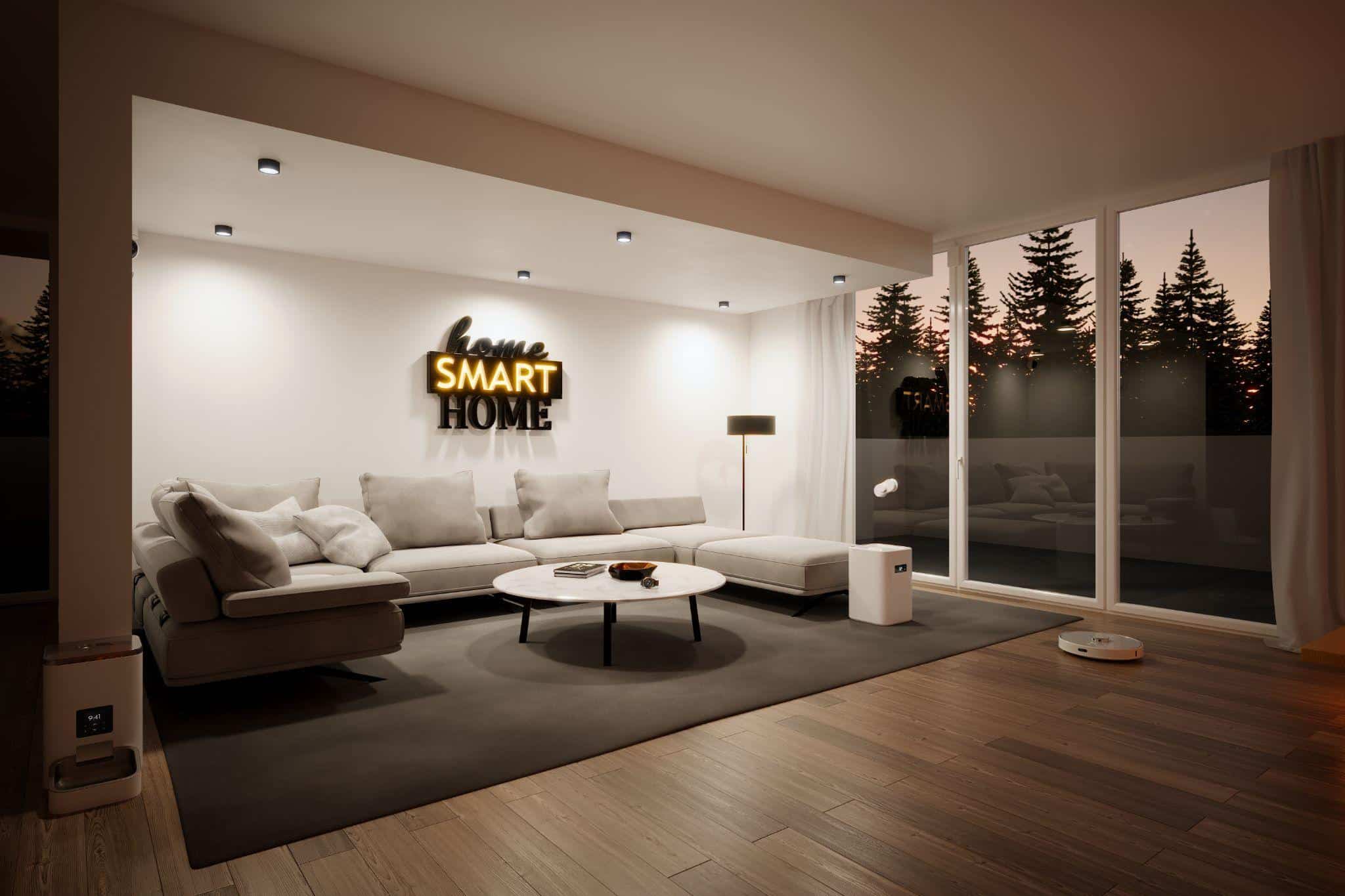In the global narrative, the topic of energy efficiency has taken on an increasingly pivotal role. As the pressing concern of climate change intensifies, the responsibility lies with businesses and individuals alike to explore and adopt practices that significantly decrease their environmental impact.
One of the most effective solutions in the arsenal of energy conservation methods is LED lighting. This energy-efficient lighting solution optimises energy usage, thereby promoting a reduction in overall carbon footprint.
This comprehensive article will delve into the technology of LED lighting, its myriad advantages to both homes and businesses, essential tips for installation, along with its overall environmental impact.
Understanding LED Technology
The world of lighting was completely transformed with the advent of LED (Light Emitting Diode) technology. To the layman, LED technology may seem complex, but strip it down, and its premise is simple – it’s a semi-conductor device that emits light when an electric current is passed through it.
In stark contrast to traditional incandescent bulbs, which produce light through the heating of filaments, LEDs work by directly converting electricity into light. This pivotal difference ensures that LEDs require considerably less energy and produce less heat in the process.
The benefits of LED lighting over traditional options like incandescent and fluorescent bulbs are numerous, but the primary advantage is linked to its energy efficiency. An LED requires only a fraction of the electricity consumed by a conventional bulb, making it not just a more economical choice but also a more sustainable one.
In understanding the science behind LED’s energy efficiency, it’s important to note that LEDs have a longer lifespan and a lower failure rate compared to conventional bulbs. This results in reduced replacement frequency and scantly maintenance needs – a factor that adds to the overall time, energy and cost savings.
Benefits of LED Lighting for Homes
The benefits of LED lighting span far across both residential and commercial settings. In the context of homes, LED lighting has proven to be a vital pivot towards remarkable energy savings. With LED installations, households can expect to utilise at least 75% less energy for lighting, while also enjoying a bulb lifespan that lasts up to 25 times longer than those of traditional lighting.
But the advantages of LEDs in homes go beyond just significant energy savings. A major point for consideration is the quality of light that LEDs offer. With a sweeping variety of colour temperatures, brightness levels, and the option of dimming, LEDs offer the versatility to create the perfect ambience for every room in your house.
LED lighting also has the potential to make a powerful impact on your utility bills. With global energy costs on the rise, utilising LEDs in your home can result in significant long-term financial savings. While the initial cost of purchase and installation of LED products may seem higher, when you factor in the long lifespan and reduced energy usage, it results in a notable return on investment.
LED Lighting in Commercial Spaces
When it comes to commercial spaces, LED lighting is equally beneficial in reducing business energy consumption. Companies that wish to decrease their energy expenditure would benefit greatly from the adoption of LED technology. By replacing traditional lighting with energy-efficient LEDs, firms can experience a decline in their electricity bills, thereby reducing overhead costs.
Investing in a reputable and expert electrician will ensure that your business is fitted with the best LED solutions. These specialists will tailor installations to meet specific business needs, taking into account the unique requirements of various spaces.
Beyond cost savings, the impact of LED lighting extends to the well-being of the workforce. Good-quality lighting is a key factor in enhancing productivity and securing safety within the workplace. LEDs offer superior brightness and colour rendering, factors that help to foster a safer environment and reduce strains on the eyes, making it a comfortable environment for workers.
Moreover, companies that proactively adopt LED technology could potentially be eligible for various incentives and rebates. These are offered by government and private bodies to promote energy efficiency and make the transition more economically viable. These incentives not only reward businesses for their eco-friendly initiatives but also set a precedent for other firms to follow suit, thereby promoting sustainable practices across industries.
Home and Office LED Installation Tips
When opting for LED lighting installation for your home or office, it pays to be mindful and attentive to ensure optimal results. The following is a step-by-step guide to help you navigate the process:
1. Evaluate the Space: Before making any Lighting-related decisions, it’s imperative to thoroughly assess the area in question. Consider factors such as the size and purpose of the room, along with the layout of existing fixtures, and the desired ambiance for the space.
2. Choose the Right Products: Once the evaluation is done, you can move on to selecting the appropriate LED products. The factors to consider are lumens (light output), wattage (power consumption), and colour temperature. These specifications vary greatly across products, and making the right choice is critical to fulfilling specific lighting requirements.
3. Plan the Layout: An important part of the process is planning the layout of the light fixtures to maximise light coverage and minimise shadows and dark spots. This can impact the usability and feel of the space.
4. Installation Process: Follow the manufacturer’s instructions carefully during the installation process. While it might be tempting to opt for a DIY approach, consulting with an expert electrician for LED solutions can ensure a safe and proper installation.
5. Common Mistakes to Avoid: Making informed decisions right from the product selection stage to installation can help to avoid errors like mismatched colour temperatures or excessive dimming, which can affect the overall quality of lighting.
6. Future-Proofing: To truly maximise the benefits of LED lighting, consider smart LED solutions that offer lighting automation and remote control. These can offer a higher degree of adaptability and streamline the efficiency of your lighting system.
Following these steps not only ensures that homeowners and business owners achieve effective and cost-efficient LED installations but also allows them to enjoy the myriad benefits of this robust technology.
Environmental Impact of LED Lighting
Beyond the practical and economic benefits of LED lighting, there are also far-reaching ecological advantages to consider. Through significantly reducing energy consumption, LED lights play a role in lowering greenhouse gas emissions associated with energy production. This contributes positively to the environment, aligning with the global sustainability goals put forth by international bodies.
LEDs also produce considerably less heat than other types of lighting. This translates into reduced loads on air conditioning systems, especially in warmer climates, where air conditioning systems are heavily relied upon, thus, contributing to energy savings.
Further advancing their environmental advocacy, LED products are largely recyclable. In an era where electronic waste is a growing concern, the recyclability of LED components provides a much-needed respite by reducing the amount of waste going to landfills.
In the grand scheme of things, adopting LED lighting solutions aligns businesses and individuals with the worldwide sustainability initiative. It indicates an active commitment to the quest for energy conservation, which benefits not only the individual user or business but the planet and its future generations.
Conclusion
In conclusion, the shift to LED lighting offers numerous advantages in terms of economics, practicality, sustainability, and environmental conservation. The use of LEDs contributes to significant energy savings, extended longevity and quality of lighting, which makes them a clear, smart choice for anyone looking to optimise their lighting systems.
The push for wider LED adoption at the residential and commercial level doesn’t just support individual energy-efficiency goals but contributes to a larger global drive for sustainable practices.
This serves as a call to action for readers to look into and consider LED solutions most suitable for their specific lighting needs. By exploring and adopting these options, individuals and businesses are making a significant contribution to a brighter and more sustainable future for all.


